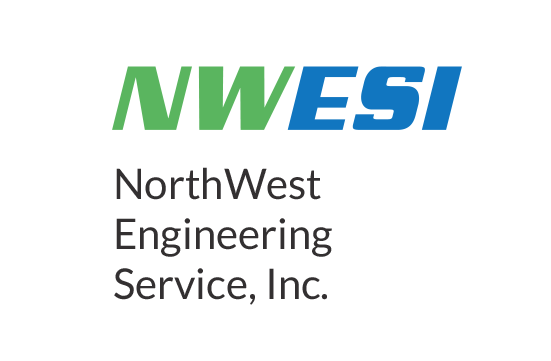The primary goal of a mitigation plan will be to reduce the amount of airborne particles at the point of work through source control measures.
Dust monitoring and mitigation is not a new concept. However, as the general public becomes more aware of the effects of dust pollution and the harmful bacteria and mold spores that can be transmitted via dust, it has become increasingly important that project owners address these concerns in construction.
In construction / deconstruction sites, rain and sprinklers are seldom adequate to suppress dust generated from activity debris. In addition, local weather, unique site requirements, and adjacent buildings and environments all require stronger measures to control the circulation of dust in the surrounding area. Planning for safety and health beforehand is necessary to manage the construction site dust pollution. Further, implementing dust monitoring and mitigation measures gives owners the reassurance that dust control is effective and is actively minimizing any potential impact to occupants or vulnerable populations in neighboring or connected buildings. This is a particularly useful service with healthcare construction, where patients and sterile environments require special attention.
Dust Monitoring and Mitigation Services
Part of dust mitigation service is dedicated to reporting Airborne Particle Counts (APCs) to help mitigate any increased counts due to construction related activities. APCs are an effective way to monitor the flux of environments during construction, and enable corrections before dust levels become harmful. Particular times when an increase of particles is likely are: initial site prep, excavation, landscaping, or as construction / deconstruction activities dictate.
Each project requires specific defenses based upon equipment and procedures used, local water bacteria, and goals of the facility. Effective mitigation planning will take into account primary & secondary defenses that range from education of team members to modified HVAC operations.
Given the nature of some construction / deconstruction sites, it is imperative that Owners whose projects may generate dust have a plan to communicate the evaluation and mitigation planning for the project, as well as the ongoing monitoring used for adjusting project methods to minimize dust production.


